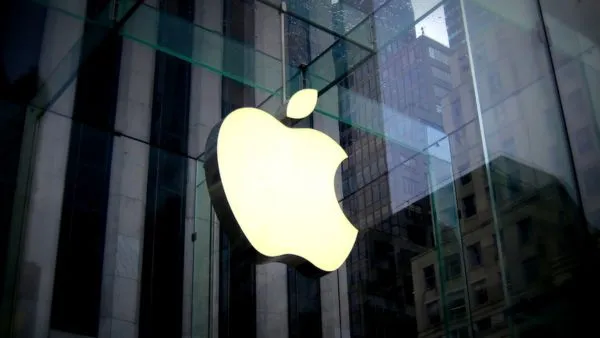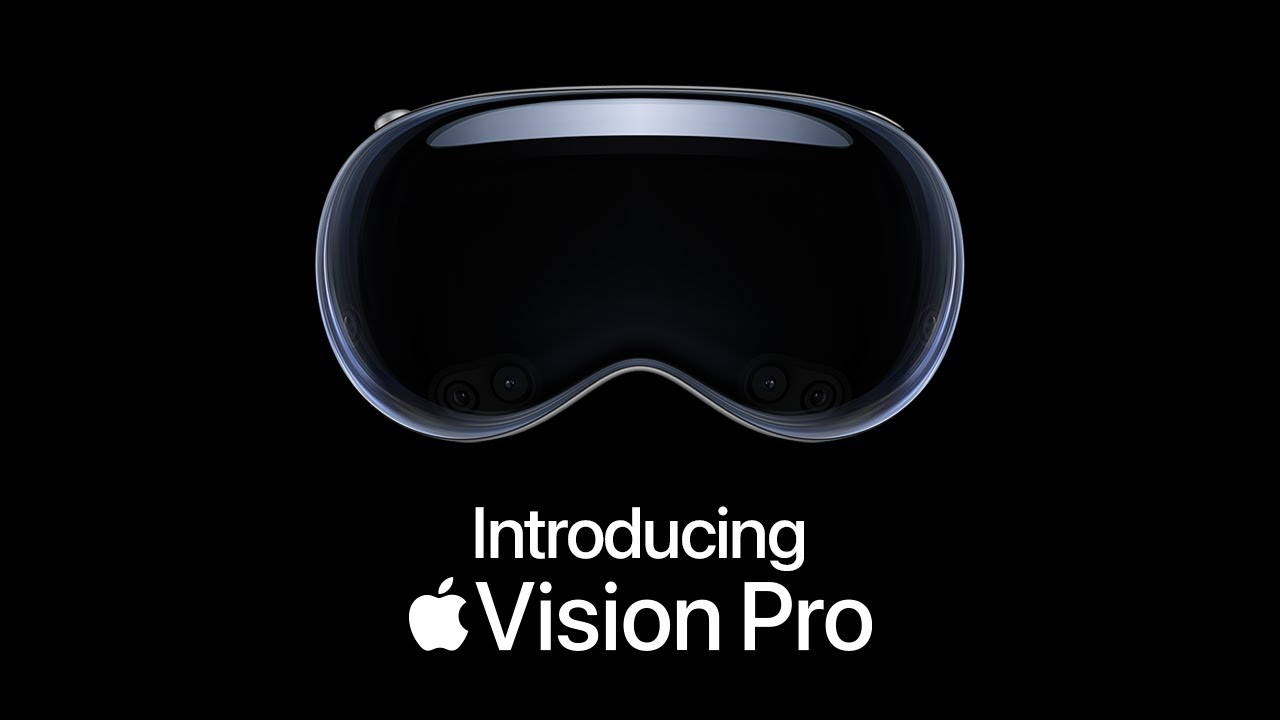Last updated on December 8th, 2022 at 02:35 pm
First reviews of the new Apple MacBook Air: there are some positives from moving to ARM, but iOS applications work strangely
The first reviews of the new MacBook Air based on Apple M1 chips with ARM64 architecture have appeared on the web. Apparently, Apple has succeeded: the transition to a new architecture is not felt like a problem anywhere, and sometimes the return on the new single-chip system is simply striking in comparison with the old solutions based on Intel x86 chips.
Don’t forget to leave us a comment below and let us know what you think!
Share Our Website for Technology News , Health News , Latest Smartphones , Mobiles , Games , LifeStyle , USA News & Much more...





